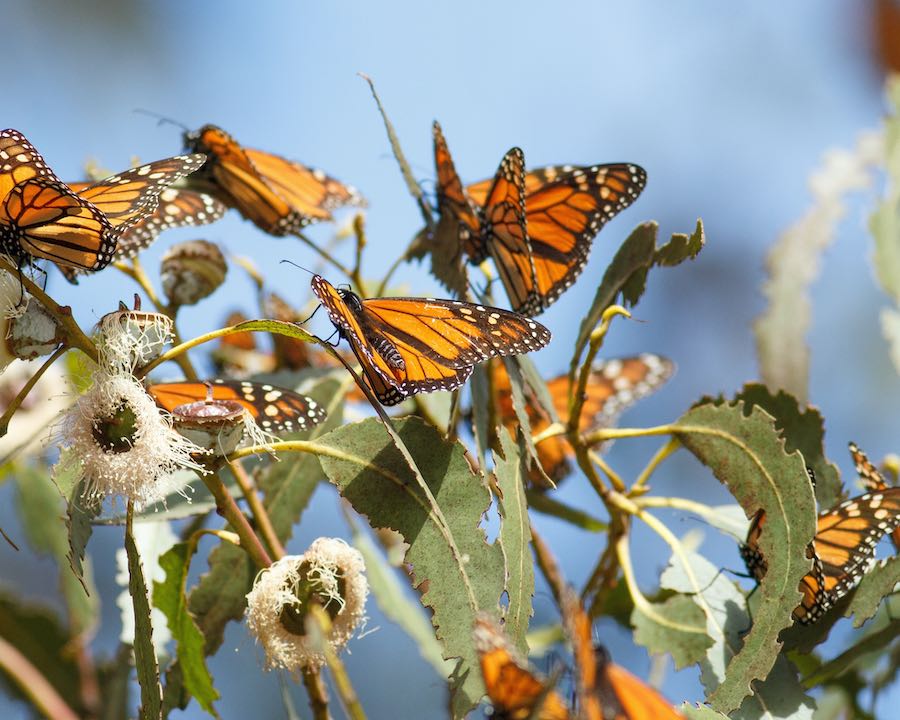
By Darryl E. Owens
Beacon College’s anthrozoology department won a grant in September to construct a small refuge to help the monarch butterfly which faces extinction in part because of habitat loss and climate change.
The College was awarded the grant by Monarch Watch. The nonprofit education, conservation, and research program based at the University of Kansas focuses on the monarch butterfly, its habitat, and its fall migration. The grant includes a zero-cost shipment of 32 native milkweed plants. The anthrozoology department will use the plants to convert the garden space behind its lab into a Monarch Waystation.
Milkweed plants are essential to the survival of the Monarch species. As Southern Living magazine explained, “although adult monarchs drink nectar from many kinds of flowers, their caterpillars eat only the foliage of milkweeds, such as common milkweed (Asclepias syriaca), butterfly weed (Asclepias tuberosa), and swamp milkweed (Asclepias incarnata).”
In bygone years, the weedy plant was plentiful. Today, development has plowed under fields, grasslands, roadsides — once the province of milkweed.
Monarch Waystations are a vital to the survival of the monarch butterfly, said Dr. Brian Ogle, an anthrozoologist and chair of the Beacon humanities department.
“These spaces provide the resources needed for the butterflies to reproduce and to sustain their annual migration,” he said. “The eastern monarchs have declined by more than 80% over the past two decades and there is a very real likelihood of the population collapsing. Spaces, such as Monarch Waystations, are necessary to ensuring the survival of this unique butterfly.”
While monarchs meet the criteria for federal protection, other species currently rate as higher priorities for the endangered species list.
This, in part, has spurred ordinary citizens, advocacy groups, and government agencies to plant some 500 million milkweed stems to stem the monarchs’ plight, according to the New York Times.
Ogle said Beacon’s project will be integrated into conservation curriculum. Students will run it and collect data. Design specifics remain under discussion.
“Students in these courses will put what they are learning into practice as they design a habitat space meeting all of the requirements for the monarch butterfly,” Ogle said. “Students will continue to not only collect data in the garden space, but will be the primary caretakers of the garden.”